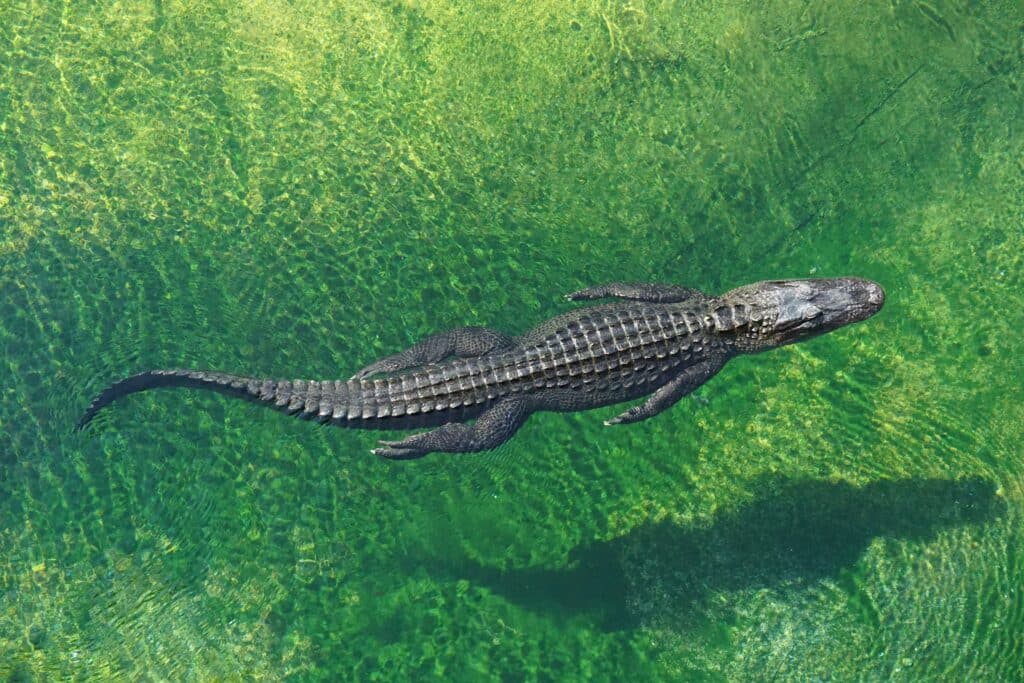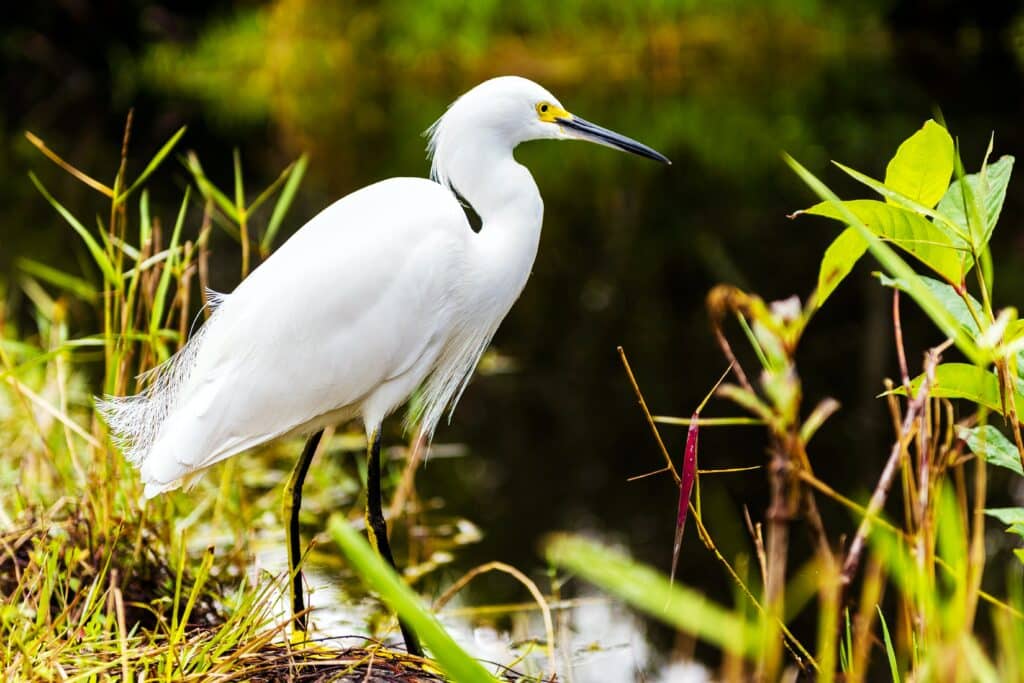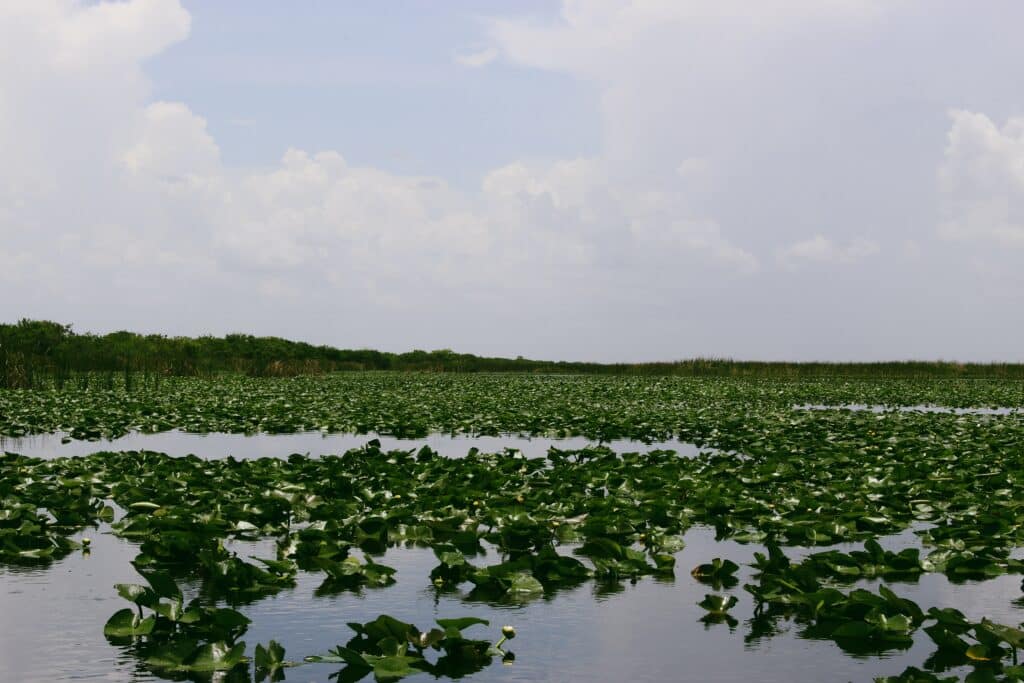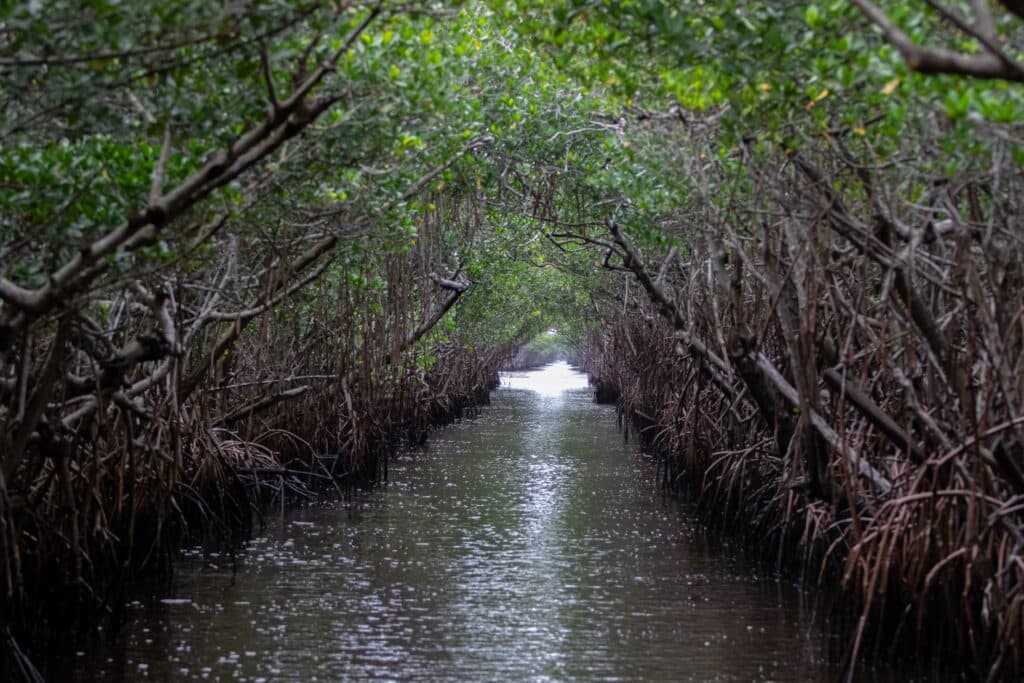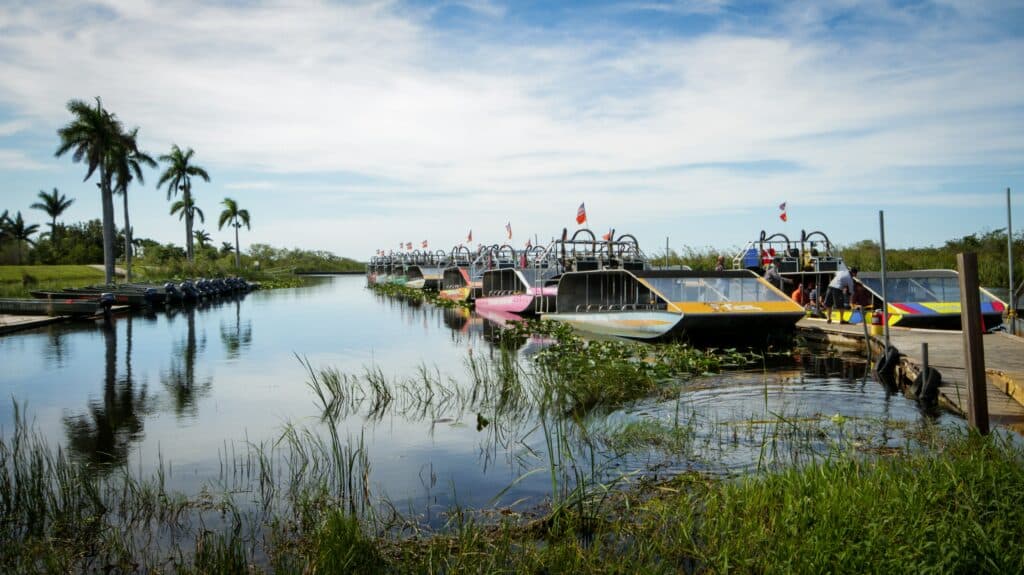Exploring the Everglades is a truly unique and memorable experience; full of beautiful wildlife, unusual habitats, and diverse plant life. This vibrant ecosystem provides invaluable research opportunities for students and teachers alike. Whether you’re simply visiting to take in its majestic beauty or looking to uncover some of its scientific secrets, anyone can find an adventure among the flora and fauna of this rare landscape. Come join us as we delve into the ecological riches that make up one of our planet’s most fascinating ecosystems–the Everglades!
Overview of the Everglades and its Flora & Fauna
The Everglades is a unique and fascinating ecosystem found in southern Florida. It is home to an incredible variety of plant and animal life, ranging from cypress trees and sawgrass to manatees and alligators. This delicate balance of species has been threatened in recent years by human development and climate change, making conservation efforts more important than ever. Despite these challenges, the Everglades remain a vital part of Florida’s natural landscape and a wonder to behold. Whether you’re a biologist studying its complex web of life or a visitor simply enjoying its beauty, the Everglades is a true marvel of the natural world.
The Role of Conservation in Preserving the Everglades Ecosystem
The Everglades is a remarkable ecosystem in southern Florida, providing habitat for dozens of endangered and threatened species. However, the Everglades is also one of the most threatened ecosystems in North America due to urban expansion, invasive species, and climate change. In order to combat these threats, conservation efforts are crucial to restoring and preserving this unique natural treasure. By working to restore the natural water flow and reduce pollution, conservationists can help support the complex web of life in the Everglades. The role of conservation in preserving the Everglades ecosystem is essential to ensuring that this piece of natural history remains intact for future generations to enjoy.
Exploring the Different Types of Habitats in the Everglades
The Everglades, an expansive wetland in southern Florida, is home to a diverse range of habitats, each harboring its own unique set of flora and fauna. From the sawgrass marshes to the cypress swamps, the mangrove forests to the coastal prairies, the Everglades is full of surprises waiting to be uncovered. The sawgrass marshes, for instance, are dominated by tall grasses that provide habitat and food for a variety of wading birds. The mangrove forests, on the other hand, are characterized by twisted trees with roots that reach deep into the brackish water, creating a complex web of channels and islands that are home to nesting birds, crabs, and juvenile fish. If you’re interested in bird watching, fishing, or just taking a stroll, the Everglades has something for every nature enthusiast.
Investigating Human Impacts on the Everglades Ecosystem
The Everglades ecosystem is home to a diverse range of plant and animal species, making it a vital resource for both the environment and the economy. However, this unique ecosystem is facing numerous threats from human activities such as pollution, habitat destruction and invasive species. Investigating the human impacts on the Everglades ecosystem is crucial to understanding how we can better protect and restore this valuable ecosystem. Through research and analysis, we can gain a deeper understanding of how these impacts are affecting the delicate balance of the Everglades and take effective action to preserve this important natural resource for generations to come.
Visiting the Everglades – What to See, Do, and Experience
Visiting the Everglades is an experience that should be on every traveler’s bucket list. The vast expanse of the wetlands, stretching over 1.5 million acres, offers an opportunity to explore the beauty of nature in its most pristine form. There’s so much to see and do in the Everglades that it’s impossible to fit it all in one trip. From wildlife spotting to kayaking through mangrove forests, airboat rides, and hiking trails, the Everglades has something for every nature lover. With its unique ecosystem, visitors can expect to come across a variety of animals, including alligators, panthers, and the elusive Florida Manatee. For those looking to immerse themselves in nature and disconnect from the hustle and bustle of everyday life, the Everglades is a must-visit destination.
All in all, the Everglades is truly a unique and captivating environment. From its diverse plant life, and numerous species of animal and birdlife, to its lush and pristine landscape, exploring this natural treasure encompasses so much more than simply sightseeing. The Everglades is a valuable ecosystem that must be conserved and protected for future generations to enjoy. Indeed, it’s essential to understand the various threats our planet faces today and seek out ways we can make a positive difference in our environment. Visiting the Everglades will let you experience this incredible ecosystem first-hand – from paddling down the mangrove rivers to breathing in the fresh air among their wetlands – all while learning more about what makes up this remarkable biome. When it comes down to it, preserving and protecting our key ecosystems like the Everglades could mean all the difference between thriving environments versus ones that are on the brink of collapse.
Are you looking for an affordable customized group trip?


